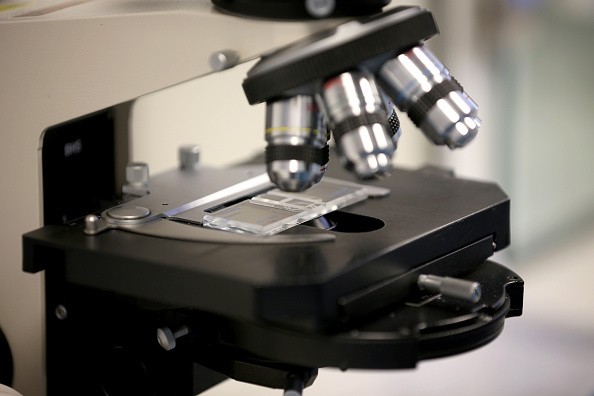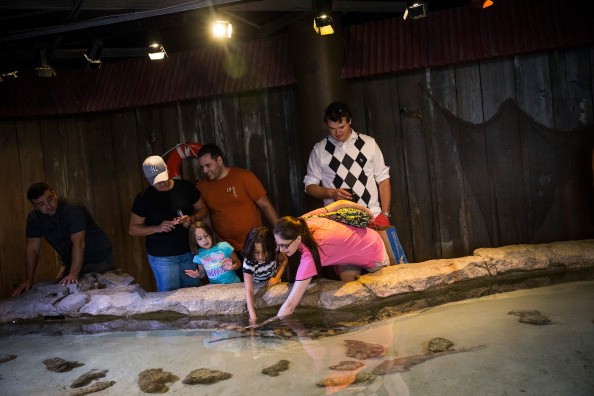A toothy predator with bloodthirstiness might not be such an uncomplicated sell as a needed species, but sharks play an important role in the ecosystem of oceans, and safeguarding them is as worthy an effort of conservation as any other.

Artificial Insemination
Populations are reducing under threat from sharks, warming oceans, pollution, and fishing, and an essential tool in making sure their future is captive breeding programs. Aquariums and zoos across the world in these programs, collaborate to matchmake female and male sharks in such a way that genetic diversity can be promoted.
This may imply pairing sharks up a long way from one another, so bringing the predicted lovers together IRL can be sort of an undertaking. A new study released in the journal Scientific Reports had the ability to create 97 baby sharks by making use of artificial insemination. Parents from across the country gave birth to these babies while others turned out not to have fathers at all.
Whitespotted Bamboo Sharks
The program was aimed at making shark artificial insemination effective as a tool so that geographical location will no longer be a "mating" obstacle as only the semen is needed to be conveyed. The approach could maintain genetic diversity while reducing stress on animals that travels (though it happens to be that sharks on the main road are a thing in Texas).
Concentrating on portable small whitespotted bamboo sharks (would you collect a great white's sperm?), the scientists initially ensured that participant mothers weren't still having past fling sperm. Whitespotted bamboos lay so frequently that they're called "chickens of the sea", so their infertile egg outputs could be made use of as an indicator that they were appropriate for insemination.

Semen Collection and Insemination
Next in line is the semen collection, 82 specimens of which were collected from 19 sharks. How, you ask? "The simple reply is very carefully," Jen Wyffels, who is the lead author told IFLScience. She added that although there are dissimilarities between shark species, generally, semen build up in paired ampullae or seminal vesicles sited at the end of the reproductive tract, close to the cloaca.
Semen comes out of the male through the urogenital papilla, which access can be gotten from the cloaca. Semen can be taken with the use of a catheter that is passed through the urogenital papilla or it can be expressed by putting pressure on the body overlying the seminal vesicles/ampullae.
Female sharks in the area were given some samples, while others were placed in cool storage and conveyed to females (journeys taking between 24 and 48 hours) staying at Ripley's Aquarium of the Smokies and the Aquarium of the Pacific in the US. Females were sedated and then inseminated in a procedure that lasted for less than 10 minutes.
For more news, updates about animal artificial insemination and similar topics don't forget to follow Nature World News!
© 2026 NatureWorldNews.com All rights reserved. Do not reproduce without permission.





